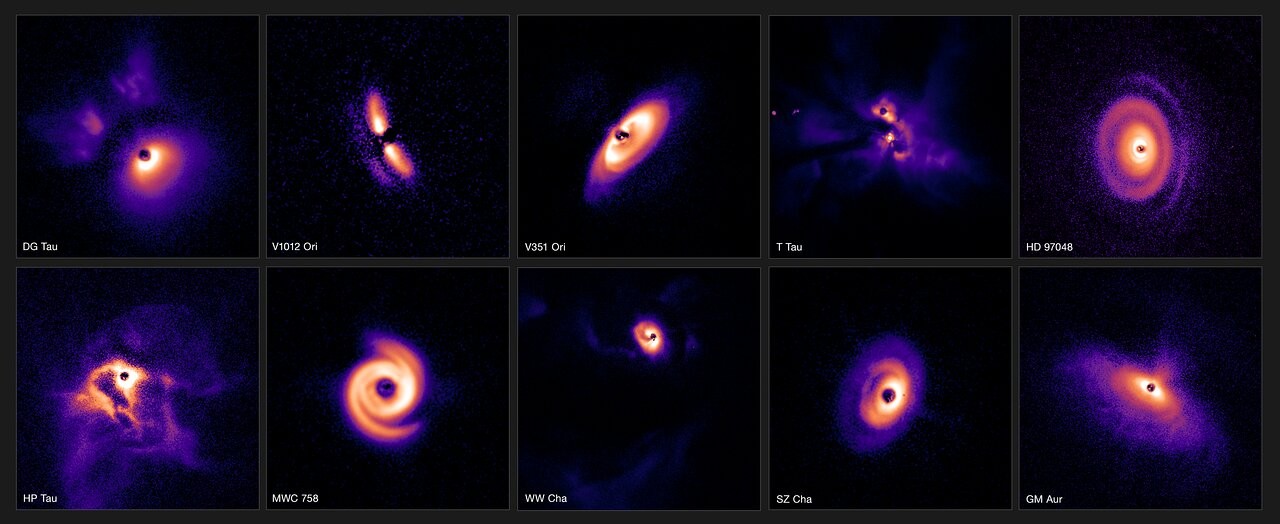Fraser Cain on Nostr: In addition to exoplanets, astronomers find dozens of newly forming planets around ...
In addition to exoplanets, astronomers find dozens of newly forming planets around young stars, directly imaging the swirling gas and dust, hinting at the locations of these new worlds. These new images from the Very Large Telescope show how protoplanetary systems are surprisingly diverse, with different sizes and shapes of disks. In a new study, researchers imaged 80 young stars that might have planets forming around them in different star-forming regions.
https://www.eso.org/public/news/eso2405/ 
Published at
2024-03-05 16:45:03Event JSON
{
"id": "f85ac4305aaa5c6f28339dabbd590d1cce961328e266b04943c4c0ccff835e09",
"pubkey": "ac844e7de79ee4ba0cc0999efe9afb25cc9bd99ba0b5957cf0fd406fcabaf11a",
"created_at": 1709657103,
"kind": 1,
"tags": [
[
"proxy",
"https://m.universetoday.com/users/fraser/statuses/112044087948160043",
"activitypub"
]
],
"content": "In addition to exoplanets, astronomers find dozens of newly forming planets around young stars, directly imaging the swirling gas and dust, hinting at the locations of these new worlds. These new images from the Very Large Telescope show how protoplanetary systems are surprisingly diverse, with different sizes and shapes of disks. In a new study, researchers imaged 80 young stars that might have planets forming around them in different star-forming regions.\n\nhttps://www.eso.org/public/news/eso2405/\n\nhttps://m.universetoday.com/system/media_attachments/files/112/044/087/940/535/684/original/b6f4e9bcae06c45d.jpg",
"sig": "e011ae87cca2aa8032d2b51564e60941dd95478d8252a83576b3d7fa2edabf709099a62b4a47f454e832ed64266f23b6c139e35a5a6532179c54f66f08d4b5d0"
}

